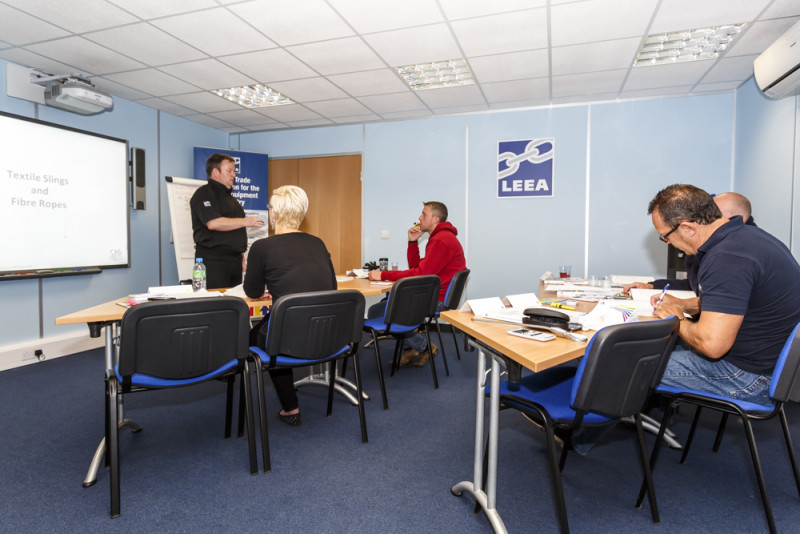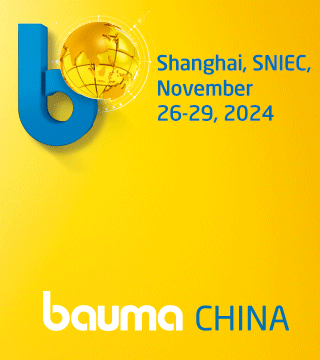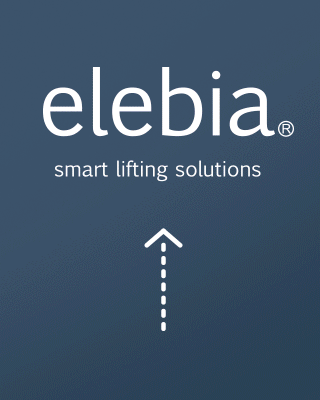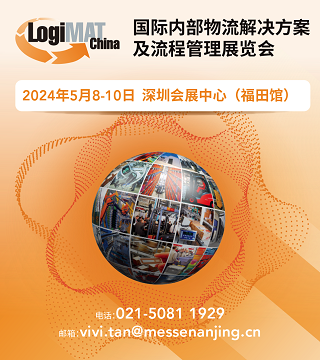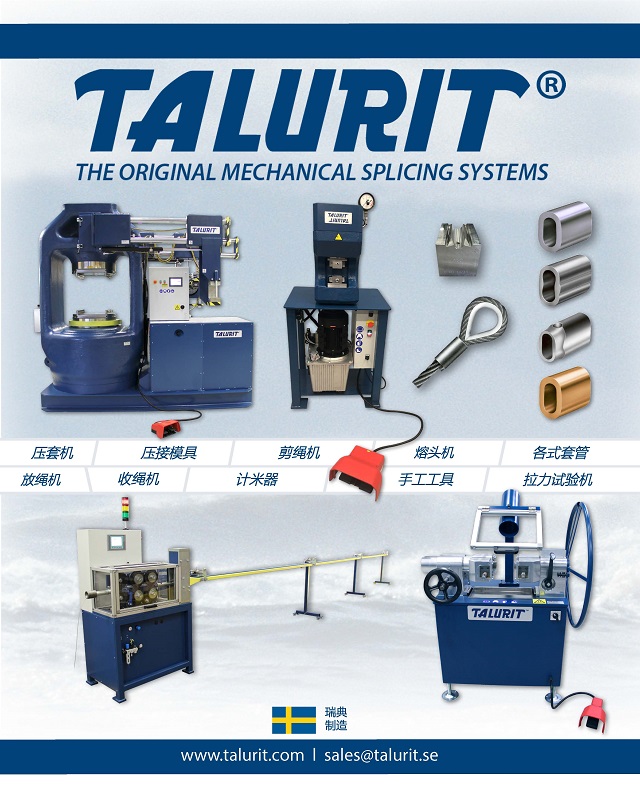In the lifting industry and beyond, ISO9001 is widely recognized as the world’s leading quality management system. However, for companies active in the supply of lifting equipment and related services, the latest incarnation of this important benchmark poses some significant new challenges. In particular, ISO9001:2015 demands a much broader approach to competency than has typically been the case. Until now, many businesses operating in this sector have been content to look at competency purely in the context of personnel responsible for thorough examination of equipment. But for those that wish to comply with ISO9001:2015, a rethink will be required. That’s because the standard now demands that competency is evident in all staff responsible for administration, training and technical activities.
In the UK, LOLER (Lifting Operations and Lifting Equipment Regulations) has long required that thorough examinations are undertaken by competent personnel. Furthermore, since its introduction in 1998, this legislation has been adopted as best practice by an increasing number of employers and other stakeholders around the world. LEEA’s own definition of competence for thorough examinations was framed years before LOLER came into force. However, the definition adopted by the ACoP (Approved Code of Practice) that accompanies LOLER is based on very similar principles. It simply states that: “You should ensure that the person carrying out a thorough examination has such practical and theoretical knowledge and experience of the lifting equipment to be thoroughly examined as will enable them to detect defects or weaknesses and to assess their importance to the safety and continued use of the lifting equipment.”
For several decades now, LEEA has done much more than help develop workers to meet these requirements. Worldwide, the association also endeavours to impress upon end users of lifting equipment the importance of engaging only genuinely competent personnel for this safety-critical task. There is no doubt that significant progress has been made, and efforts to raise awareness and understanding of the issue remain a high priority. However, the implications of ISO9001:2015 mean that the association, its members, and the lifting industry as a whole now need to adopt a much more wide-ranging perspective.
Crucially, ISO9001:2015 emphasises the need for an organisation to demonstrate how the competency of individuals has been established across all disciplines within its workforce. Feedback from members, and the association’s own experience, underlines the fact that this is a significant challenge for many – and one that probably demands a fresh approach to training, qualification and assessment programmes.
The precise requirements of ISO9001:2015 for employers are reasonably interpreted to mean that competency should be based on the following:
-
identifying the tasks that they ask their individual employees to perform in their daily working life
-
listing the detailed elements which make up each of these individual tasks
-
specifying the minimum time for on-the-job training required for the detailed elements, to achieve sufficient practical experience, from what source this training will be provided and how and who will perform the evaluation of the results to ensure that the required levels have been achieved
-
specifying any formal education / training required and the minimum levels / qualifications to be achieved, to ensure sufficient depth of technical knowledge has been attained relative to the tasks to be performed
-
documenting each of the above steps to demonstrate evidence of the competence of any individual employee
This clearly represents an exacting process. LEEA is currently transitioning its ISO9001 quality management system from the 2008 to 2015 versions, and many of our one thousand-plus members are facing exactly the same prospect. Indeed, even those companies and organisations that do not operate to ISO9001 are inevitably subject to the relevant laws and/or best practices that prevail in the countries and regions in which they operate. Establishing and demonstrating the competency of employees is therefore a sensible policy for all to adopt and implement.
The ability to share experience and expertise is one of the key benefits of membership of a trade or technical association. LEEA is no exception. When the association has negotiated the competency requirements of ISO9001: 2015, it will be well-placed to disseminate impartial guidance and advice. In particular, this can be done via the technical audit process that all companies are subject to if they wish to join and remain members of the association.
At this stage, however, LEEA is still very much on the learning curve. Perhaps the most important message to be shared is therefore not about the detail, but a broader principle: that the new requirements of ISO9001:2015 should be tackled with a positive mindset. One that recognises competency for thorough examinations is vital, but by no means the whole story. And that by adopting a more holistic approach, in the long term ISO9001:2015 will undoubtedly contribute to the pursuit of higher standards of safety and professionalism – not just for the individual companies and organisations concerned, but also for the industry as a whole.
